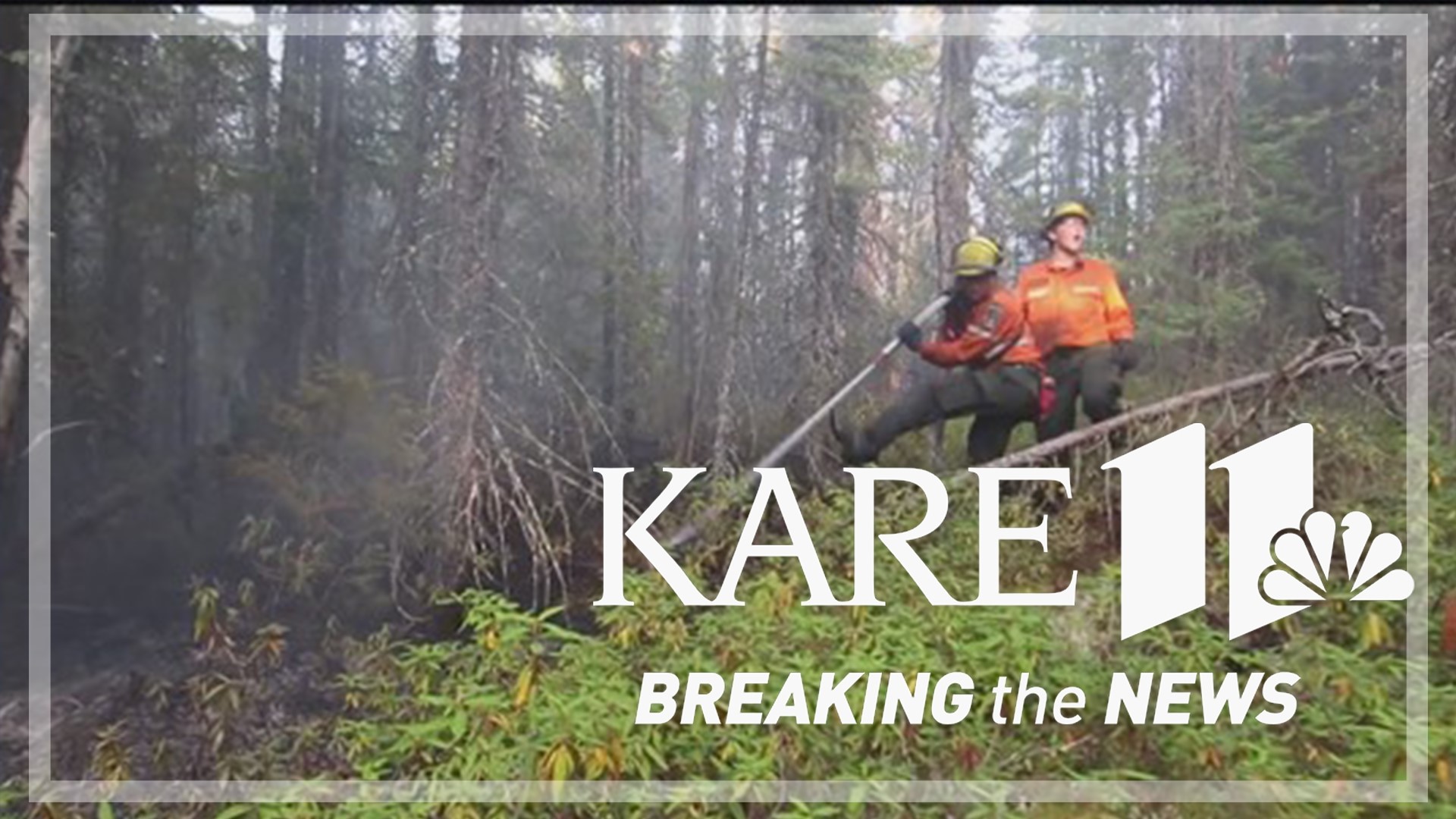BRITISH COLUMBIA, Canada — As irritating as wildfire smoke is to people, it can also cause health problems for wildlife, especially when the fires are as big and burn for as long as they do in Canada.
In the span of just six weeks, hundreds of wildfires are now out of control across that country. Millions of acres are burning and experts predict it will be the most destructive season on record.
"I am very concerned about how much fire we're going to see this year," said University of British Columbia Okanagan Conservation Ecology Professor Karen Hodges. "I'm very concerned about how much habitat we're losing for species at risk."
Hodges said her students are studying species impacted by wildfire, especially owls, lynx, and snowshoe hares.
"A number of species require bigger trees, older trees, and when we have these mega-fires that destroy thousands of acres at a time, that habitat is lost for those species for years to decades," said Hodges.
British Columbia could lose up to half of its forest due to these repeated fires and drought. There are already 1,900 species at risk for extinction in that province, including plants, fish, and birds.
"A wildfire in just the wrong spot could be devastating," said Hodges, who explained the biggest impact on animals during a fire is death and displacement.
Fires this early in the season also threaten breeding animals and it's unlikely any babies will survive, while adults may be able to flee depending on how quickly the fire follows.
As for the smoke, there's very little research, only a few dozen studies, that investigate the impacts it has on animals. Hodges says it appears they respond like humans are.
"They get sore throats and watery eyes and fatigue and can't run as fast and so the longer you're exposed to it, and higher the concentration you're exposed to, the worse it's going to be physiologically."
Besides animals, the fires also lead to soil erosion and increase the risk of flooding. While ash and limited access to sunlight can impact crops.
But experts say the smoke didn't stick around long enough, nor was it thick enough, to cause any damage recently in Minnesota.
"We have a lot of fire months left to come and there's little sign it's suddenly going to be a wet cool summer," said Hodges.
As for animals in the metro area, a spokesperson from the Como Zoo says, "Our zookeepers are regularly and continuously monitoring the animals for any possible ill effects from the smoke. Most of the animals at Como also have the choice to go inside at any time."
And the Minnesota Zoo wrote in an email that, "The animal care staff closely monitor the animals each day during a variety of environmental factors including extreme heat, extreme cold, severe weather, and currently poor air quality. Our staff have been, and will continue to, monitor for signs of distress from our animals and provide access to fans for increased air flow, access to their behind-the-scenes habitats, or notify our animal health team accordingly."
Watch more Breaking The News:
Watch all of the latest stories from Breaking The News in our YouTube playlist:

